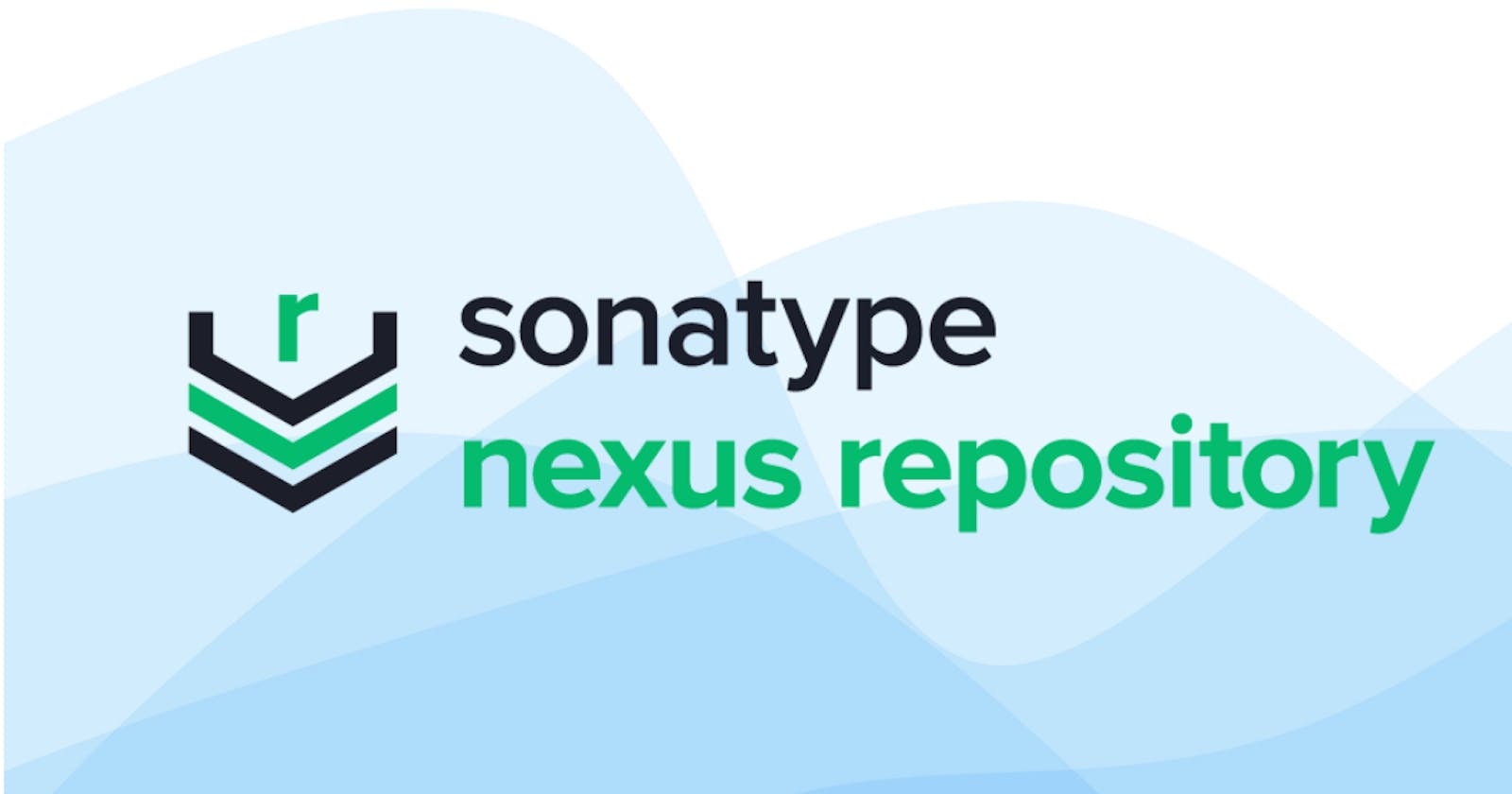DevOps is all about increasing collaboration, automating processes, and delivering software faster and more reliably. A critical tool that enables DevOps teams to achieve these goals is a repository manager like Nexus Repository.
A Secure and Centralized Repository
One of the key benefits of Nexus in a DevOps context is its ability to provide a centralized repository for all your project's artifacts and dependencies. This centralization streamlines the process of accessing and sharing dependencies among development teams, reducing the risk of inconsistencies and version conflicts.
Moreover, Nexus ensures the security of your artifacts by acting as a gatekeeper. It can scan components for vulnerabilities and enforce access control, making it an invaluable tool for maintaining the integrity of your software supply chain.
Nexus Repository helps DevOps teams in several key ways:
Centralized artifact storage - Nexus provides a single place to store all artifacts such as JARs, build outputs, Docker images, etc. This eliminates siloes and makes it easy for all team members to find what they need.
Access control and security - Nexus has fine-grained access controls to ensure artifacts are only accessible to authorized users. Encryption and other security features keep proprietary code and artifacts safe.
Promotes artifact reuse - By having a single source of truth for artifacts, Nexus encourages teams to leverage existing artifacts rather than rebuild them from scratch. This accelerates delivery pipelines.
Caching and acceleration - Nexus can serve as a proxy cache for external repositories like Maven Central. This speeds up builds by reducing download times for commonly used dependencies.
Universal package management - Nexus supports many package formats including Maven, npm, NuGet, Helm, and Docker. Teams can manage all their artifacts from a single interface.
Integrations - Nexus integrates with CI/CD tools like Jenkins and Bamboo. Developers can trigger builds that publish artifacts, which testers can then validate before deployment.
Visibility and reporting - Nexus provides visibility into artifact usage and licensing. This helps teams make smart decisions when developing software.
Here's how Nexus facilitates efficient dependency management in a DevOps workflow:
Continuous Integration/Continuous Deployment (CI/CD): Nexus seamlessly integrates with popular CI/CD tools like Jenkins and GitLab CI/CD. It enables automated builds and deployments by providing a reliable source for all required artifacts.
Version Control: DevOps emphasizes version control, and Nexus extends this principle to dependency management. It enables version control for your artifacts, ensuring that you can always trace back to the exact version of a component used in a particular release.
Proxy Repositories: Nexus can act as a proxy to external repositories like Maven Central or npm, reducing the risk of downtime or disruptions caused by external repository outages.
Artifact Promotion: Nexus allows for artifact promotion through different stages of your deployment pipeline, ensuring that only thoroughly tested and approved components make their way to production.
For DevOps teams looking to improve collaboration, increase automation, and accelerate delivery, Nexus Repository is an invaluable tool. Its versatility and tight integration with the entire software development lifecycle make Nexus a must-have solution.

